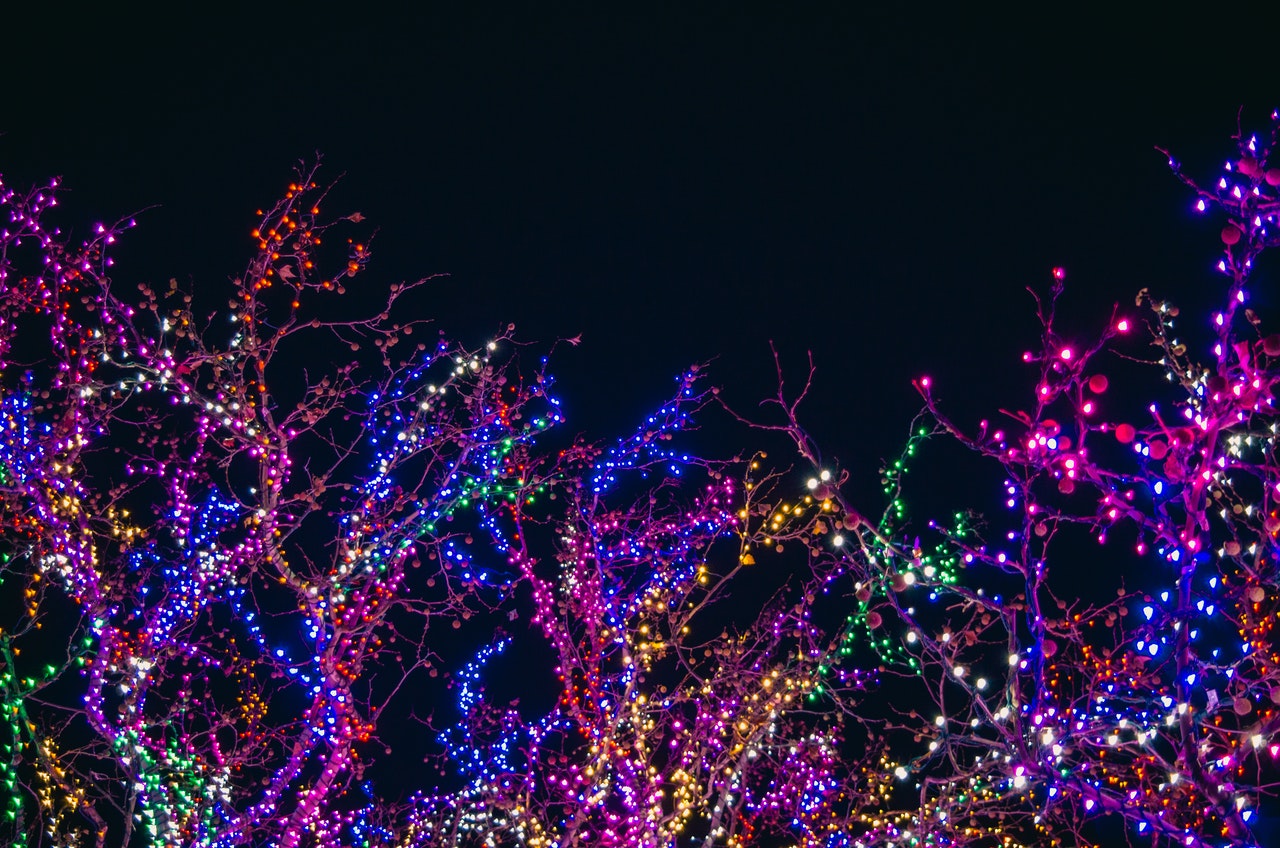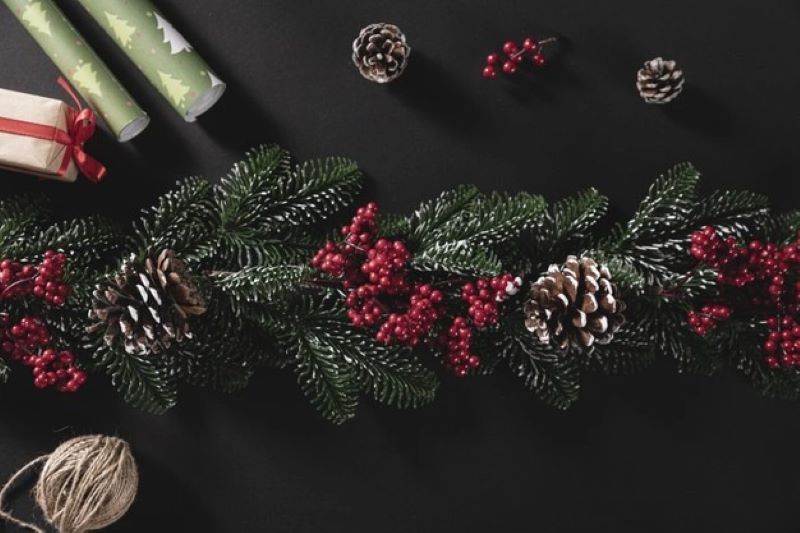When is the Best Time to Buy a Christmas Tree for Your Home?
Now is the time when Christmas trees are most widely available for purchase, and with so many alternatives available in terms of size, design, and price, picking the right tree for your home during the winter holiday season can feel like a daunting task. Depending on whether you want a genuine or fake tree, and how you plan to decorate it, the optimal time to buy a Christmas tree might make a significant difference in your budget.
When picking for a Christmas tree, it’s important to think about how much money you can spend and how long you want the tree to last (for both Christmas Day and beyond, if possible).
When picking for a Christmas tree, it’s important to think about how much money you can spend and how long you want the tree to last (for both Christmas Day and beyond, if possible).
When to Buy a Real Christmas Tree
There are a few considerations to keep in mind about timing your purchase of a live Christmas tree:
Whenever you can get the best deal
Tree species, tree design, and desired freshness/decorativeness period in the home
The ideal time to get a genuine Christmas tree, and frequently even cheaper than waiting until Black Friday or later, is around Thanksgiving, when many tree farms have sales. A local business is supported when you buy a tree from a choose-and-cut farm instead of an artificial tree, which are sometimes imported from overseas. All trees are unique, therefore it’s best to schedule your trip while supplies are high.
The prices on Christmas trees tend to drop the closer they get to Christmas, so waiting until the last week before the holiday could save you money, but it could also mean you miss out on the finest selection of trees in terms of species, size, and fullness. A genuine Christmas tree purchased later in the season that was cut with earlier inventory won’t keep fresh or last any longer than a tree purchased earlier in the season when more time is available to enjoy it in your house, unless you purchase it from a choose-and-cut tree farm.
Trees for the Holiday Season
Fir and spruce are two of the most common varieties of real Christmas trees in North America, but pine, cedar, and other evergreen conifers also rate highly due to their resilience when cut and carried, especially over long distances, as well as their needle retention, nostalgic scents and textures, full, conical shapes, and overall attractiveness.
The Frasier fir, Douglas fir, Noble fir, Balsam fir, Colorado blue spruce, Norway spruce, Scotch pine, Eastern red cedar, Eastern white pine, and many others are all tried and true hardy alternatives that make excellent Christmas trees in North America. As the cost of trees can vary greatly depending on the species, it is wise to do some preliminary research to see what a tree of the desired size and variety often sells for before making a purchase, as well as to look for any applicable discounts.
How to Preserve a Christmas Tree Despite the abundance of water, real trees will ultimately dry out and drop their needles. You should properly dispose of your Christmas tree before it dries out and becomes a fire hazard, so remove all the lights and decorations before you do so. However, if you take good care of your Christmas tree, it should live for about four to five weeks. This includes keeping the tree stand full with water to prevent the tree from drying out. That’s why it’s recommended to get your Christmas tree before the end of November or the beginning of December for optimal freshness and longevity.

